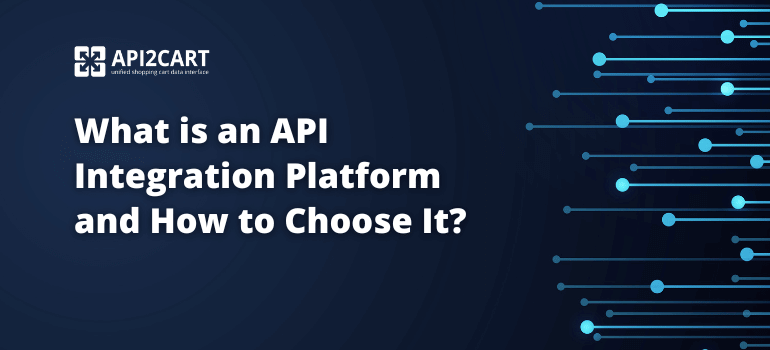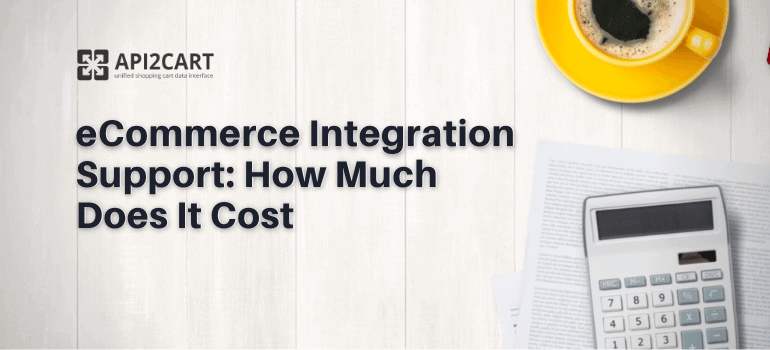
Today, customers use a variety of resources and channels to purchase goods. From standard online stores to marketplaces, price comparison websites, advertising platforms, etc.
For you as a SaaS app provider, integrating with these different sales channels is a great way to attract online store owners to your solution and meet their needs. However, syncing product information across channels is often critical for any type of SaaS software.
In this article, you'll learn how to avoid any integration pitfalls and what the easiest way is to sync product info across multiple eCommerce platforms.
The Challenge: eCommerce Integration Development
Leveraging real-time data is crucial for all SaaS software vendors if they want to gain the upper hand in the eCommerce business sector. However, because every eCommerce platform and the marketplace has its own unique structure and logic every integration will have its own collection of difficulties.
Mastering each platform could take a tremendous amount of expertise and time when dealing with many eCommerce platforms. Integration with only one particular eCommerce platform is very complex, but connecting to many platforms becomes much more challenging. As a result, many eCommerce application providers have chosen to work with only a few eCommerce platforms, resulting in a loss of potential revenue and customers.
Here are the common integration challenges:
Integration is a complex process that requires commitment, knowledge, and expertise. It can take a few months to complete a single integration. Then you could predict how long it will take programmers to connect to multiple eCommerce platforms.
Developing an integration on your own is not a good idea, as you might not be familiar with all the technical aspects of a particular eCommerce platform. To execute such a task, you need to assemble a highly skilled development team.
The main obstacle for numerous integrations with different eCommerce platforms can be the release of updated versions. You may encounter certain problems when trying to get newer versions of online store information.
As mentioned earlier, implementing data exchange between different systems requires a high level of technical expertise. All of these issues make integrating with eCommerce systems a challenge, so it's important to figure out how to make things run more smoothly.
The Solution: Third-Party API Integration System
The most effective approach to integration would be to use the unified API. It allows to connect your SaaS solution to numerous eCommerce platforms, and have access to data from various online stores.
As a solution, API2Cart has developed a unified API that enables you to connect your SaaS application to a variety of eCommerce platforms and marketplaces with ease. It allows you to integrate with more than 40 shopping platforms, like Shopify, OpenCart, Magento, WooCommerce, PrestaShop, Amazon and a lot of others.
API2Cart provides 100+ API methods to get, add, update and sync store data like products, orders, customers, shipments, etc. Let’s see below how it helps you to sync product information.
How to Sync Product Info on Various eCommerce Platforms?
API2Cart provides several API methods for working with product data.
With the help of product.add and product.list API methods you can add and retrieve product info from online stores. By using product.update method you can update inventory levels through all sales platforms.
Having access to product information you will be able to provide the following functionality for online store owners:
Synchronize inventory levels
Create product listings
Analyze product history for successful post-purchase interaction
Create comprehensive and up-to-date statistics
And much more
If you have any questions, feel free to contact us. We also provide a 14-day free trial for you to test our functionality and see if API2Cart fits your business needs.



